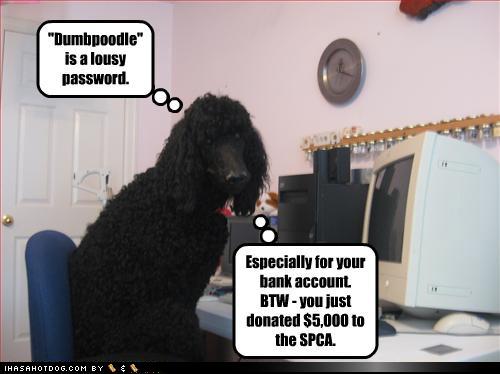Today, though, I urge you to take a moment to contact a person in your career for whom you are grateful, either past or present, and say, “Thank you.”
This year my women’s group, which has been meeting once a month for our third year, is reading and discussing a book by Amanda Gore, The Gospel of Joy. I heard Ms. Gore speak at a teleconference last year and her highly personal presentation really hit my core beliefs.
Her book is perfect for a study group since there are twelve chapters in the book, one for each month. Each chapter explores a different spiritual principle, for example, listening, laughter, hope and gratitude. Gratitude has always been my struggle. I sometimes say, “My glass isn’t only half empty; it has a hole in it.” In other words, I have to work to stay grateful.
One of the questions in her gratitude chapter hit home with me. It asked, “Did your parents’ behavior model gratitude?” I can easily say that, “Yes,” their behavior did. Both my parents were independent insurance agents and both people of strong faith. My father, a Lutheran, served in his church as a council member and all-around fix-it guy. My mother, a more reserved Catholic, quietly put her faith into action by volunteering for years at the Westside Food Bank. Their motto in business was “Service before self” and while they were very successful insurance agents, they never let profit interfere with doing the right thing.
I grew up with three older brothers and one of us, usually me or my brother, Ted, was always wrecking a car. (I was quite sure my father owned an interest in the local body shop he insured.) After our accidents, my father would assess the damage then quietly say, “Everything happens for the best.” Frankly, at the time I thought he was slightly mental.
“Dad,” I finally asked when my brother ran his Mustang into a ditch at the end of our street, “How can a car accident ‘be for the best’?”
“Perhaps this minor accident where no one was hurt saved him from a major collision. After all, cars we can fix. You and the boys are irreplaceable.” Dad could always put things into perspective for me. I am so grateful for the wonderful lessons my parents taught me.
This story leads me to my topic – professional gratitude. There are so many insurance gurus who have mentored me over the years, from one of my first bosses at Commercial Union – who predicted, “Ms. Germond, in five years you will be a claim manager,” and I was – to the many risk managers who helped me when I was a fledgling risk manager, never an easy job.
Over the years I have trained and mentored my share of risk and claims professionals. Rarely do they thank me. I’m not dismayed by this; I rarely think of it because at some level, I am sure they are grateful but unaccustomed to expressing gratitude verbally. Today, though, I urge you to take a moment to contact a person in your career for whom you are grateful, either past or present, and say, “Thank you.” I guarantee you: This will mean a great deal to him or her.
As many of you know, for years I have alternated between running Insurance Writer full time and working more directly in the insurance industry. I just couldn’t stay away from a challenge. But I also know there is more to life than a paycheck. This year, I’m putting it all on the line to branch out, utilizing my God-given gifts to provide specialized services to the insurance industry.
If you’re interested in learning more about Ms. Gore, here is a link to her YouTube channel. If I can help you, these are some of my areas of specialty:
- Copywriting, including White Papers, advertising copy, articles, ghostwriting and blog entries
- Consulting with small-to-medium sized businesses to reduce losses and improve workers’ compensation programs
- Curriculum development and on-site training, including:
- Customer service training
- Workers’ compensation claims management training
- CGL coverage training
- Business auto training
- On-site Associate in Claims training
- Miscellaneous management training
Please feel free to contact me at (602) 870.3230.


